ARM, a Quiet Agent of the Technological Revolution
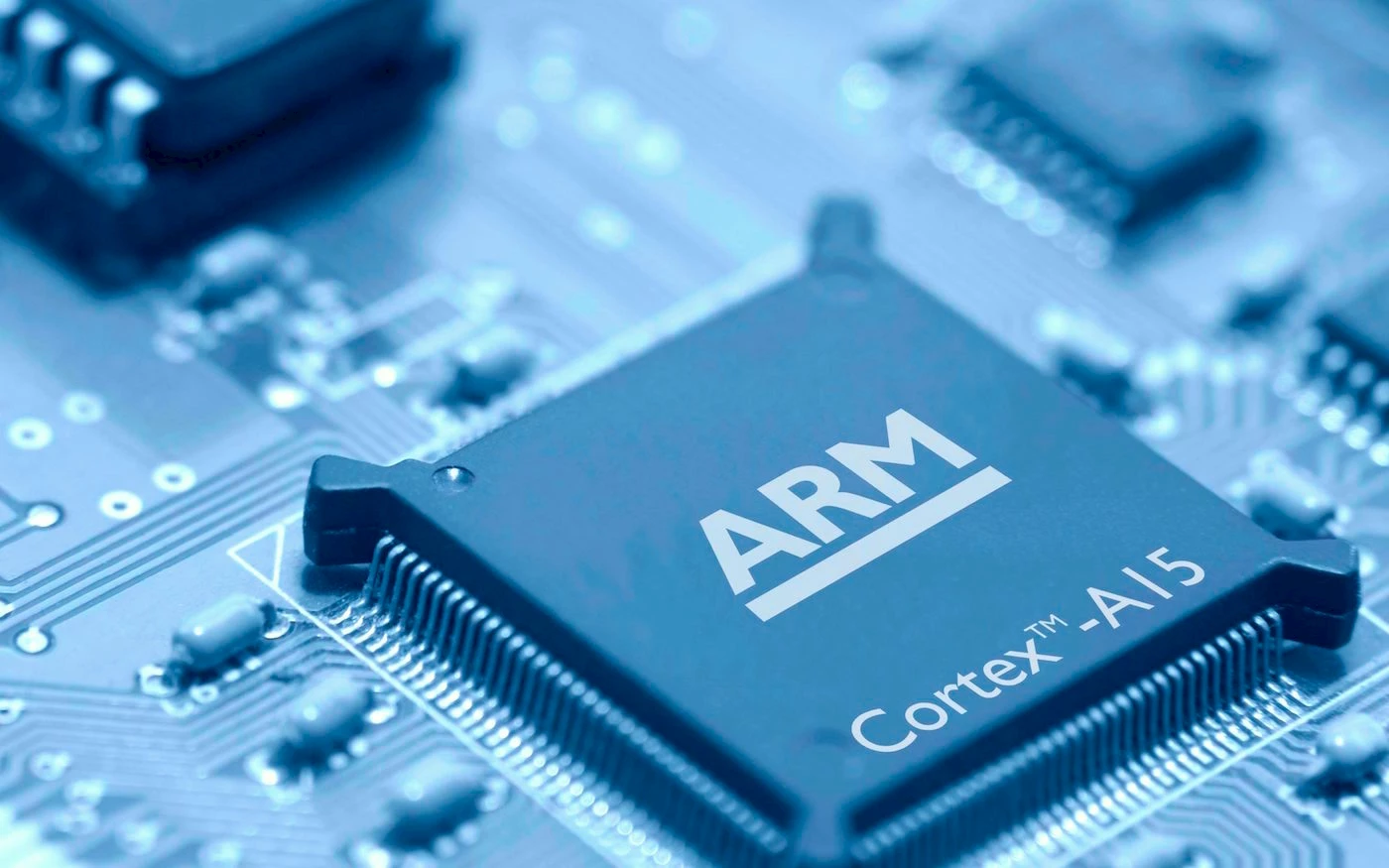
On July 18th, SoftBank Group, a Japanese multinational telecommunications company founded in 1981 by Masayoshi Son, who also owns Sprint, announced its acquisition of British multinational ARM Holdings, a microprocessor development company. The £24.3 billion transaction (CA$42.3 billion) was sweetened by the slump of the pound sterling in the aftermath of Brexit.
On July 18th, SoftBank Group, a Japanese multinational telecommunications company founded in 1981 by Masayoshi Son, who also owns Sprint, announced its acquisition of British multinational ARM Holdings, a microprocessor development company. The £24.3 billion transaction (CA$42.3 billion) was sweetened by the slump of the pound sterling in the aftermath of Brexit.
Hermann Hauser, who cofounded Acorn Computers in 1978, commented, “This is a sad day for me and a sad day for technology in Britain.” Theresa May, the United Kingdom’s new Prime Minister, disagreed, lauding this latest proof of the buoyancy and attractiveness of the British economy.
Masayoshi Son stated that the company, which employs 3,975 people, including 1,577 in Great Britain, would keep its headquarters in Cambridge. Some analysts, like the Daily Mail’s James Burton, fear another Kraft-like commitment, where Kraft Foods reneged on many of its promises after its 2010 purchase of Cadbury, leaving traumatized Britons in its wake.
ARM technology is present in just about every smart phone out there, including Apple, Samsung, etc., not to mention 80% of digital cameras and 35% of all electronic devices combined; hence the importance of this week’s announcement for the IT world. But let’s review the history of this gem in the crown of Great Britain’s IT sector.
A is for Acorn: Acorn RISC Machine
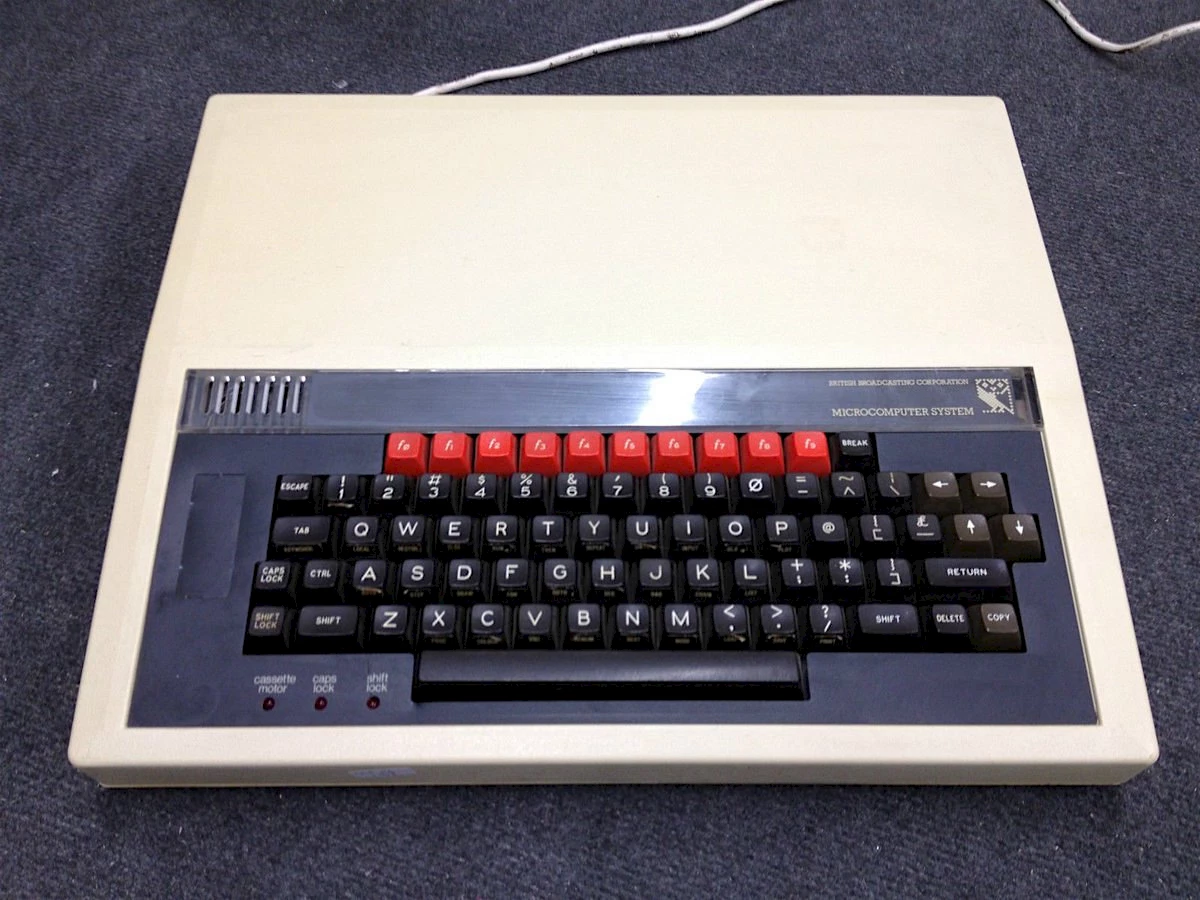
ARM’s birth is linked to the development of the micro-computing industry in Great Britain at the end of the 70s, when Sir Clive Sinclair founded Science of Cambridge, the company that created the ZX80-81. Chief among the micro-computing companies was Acorn Computers, founded in Cambridge in 1978 and becoming hugely successful in the early 80s with its personal computer, the Atom, and its successor, the BBC Micro, developed in partnership with the BBC for the educational sector.
Like most other companies at the time (Atari, Apple, Nintendo, Commodore, etc.), Acorn used the inexpensive 8-bit MOS 6502 microprocessor. But as early as 1983, Acorn engineers Steve Furber and Sophie Wilson needed a more powerful yet inexpensive processor and decided to develop their own, inspired by UC Berkeley’s RISC project. This research project was premised on a new generation of processors with a smaller set of instructions (“Reduced Instruction Set Computing”, RISC). RISC’s basic concept was to equip processors with just the instructions they actually used, using the freed space for new circuits. For example, it had been found that the Unix system, once compiled, only used 30% of all available instructions on the Motorola 68000. With their simplified architecture, RISC processors provided better cost-performance and consumption-performance ratios in a smaller package.
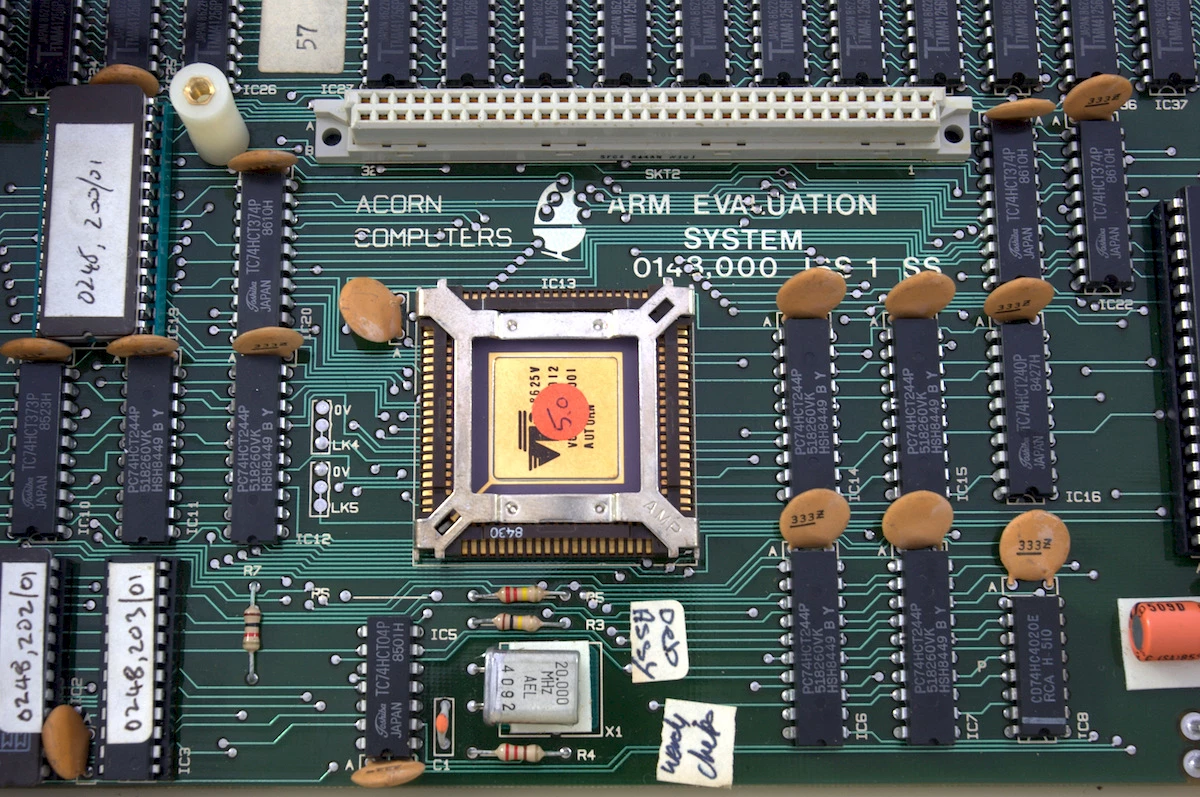
In April 1985, Acorn received their first new processors, the 32-bit ARM1 (Acorn RISC Machine 1), built in California by VLSI Technology.
The first computer to use the ARM in its CPU was the Acorn Archimedes, released in June 1987, with a dedicated operating system, the RISC OS (this same OS is to be found on the Raspberry Pi today!).
A is for Advanced: Advanced RISC Machines
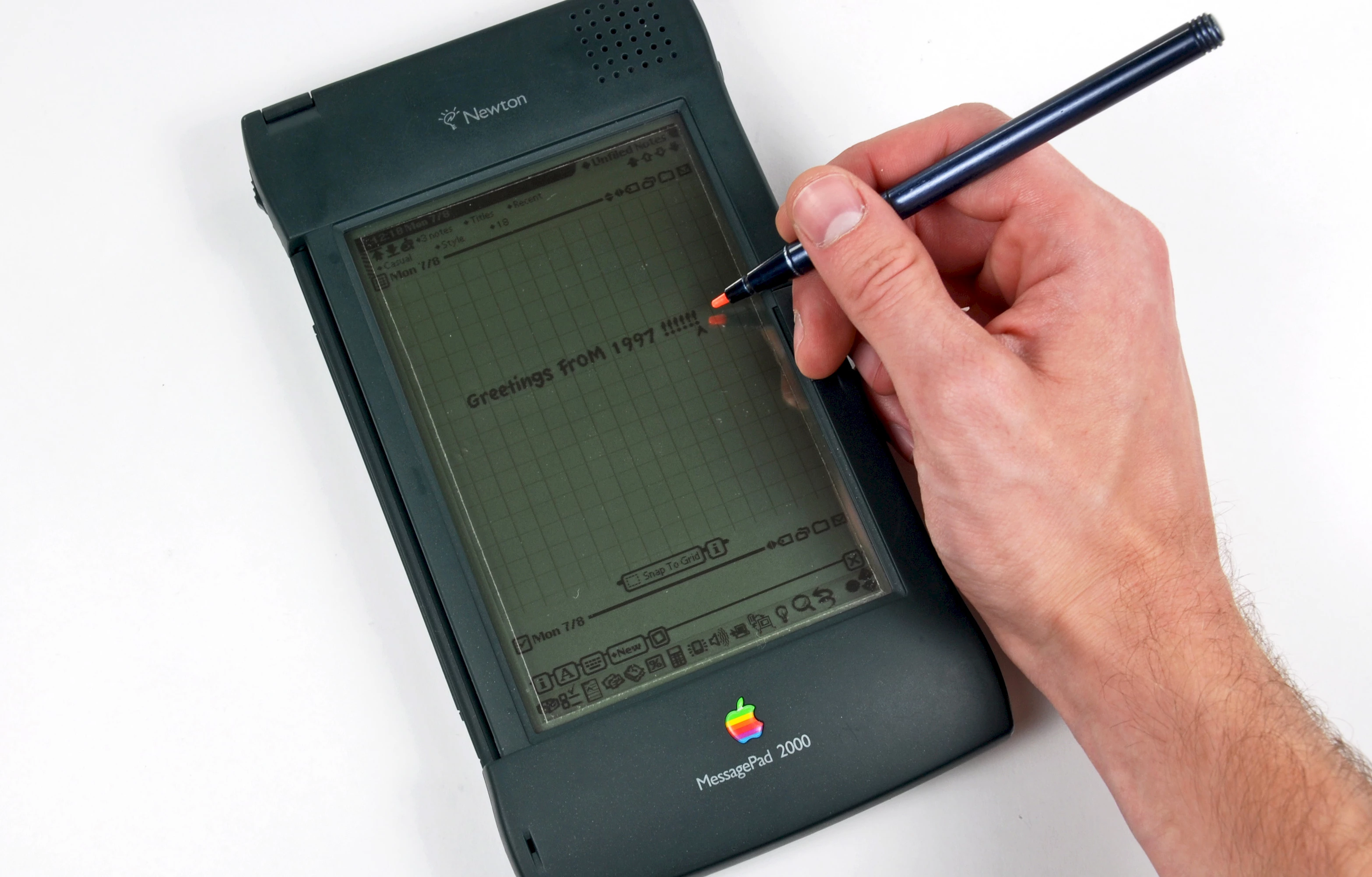
In 1990, Acorn Computers joined forces with Apple (then directed by John Sculley) and VLSI to develop the next generation of ARM processors. To do so, they founded a new company, Advanced RISC Machines Ltd, in which Apple and Acorn each had a 47% stake while VLSI held the remaining 5%. To get it off the ground, Apple put in £1.5 million, Acorn supplied a dozen ARM engineers and VLSI contributed its development tools.
The first processor born of this acorn and apple splice, the ARM6 (in January 1992), led to Apple’s first Personal Digital Assistant, the Newton, in 1993.
The ARM Model
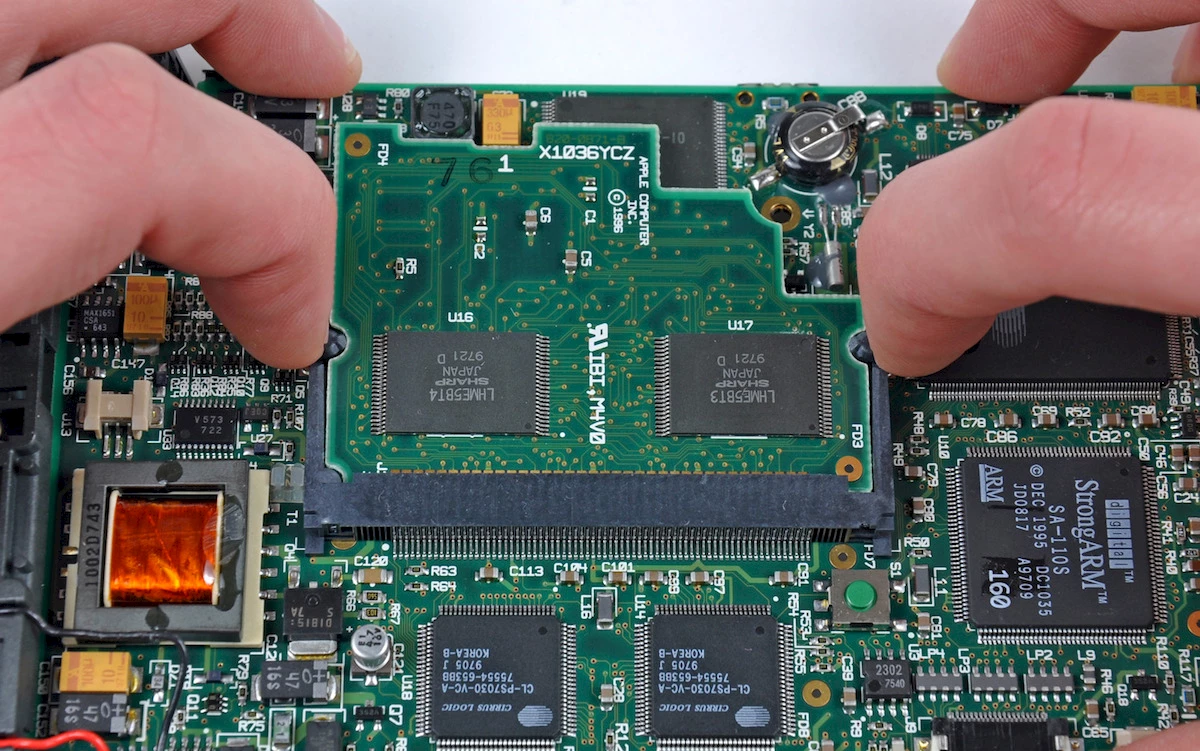
The thing about ARM is that the company never built a single processor. ARM inherited this business model from Acorn Computers, which sub-contracted fabrication to VLSI.
When ARM went into business with Apple, it stuck to its practice of limiting its development role to design, but adopted a lucrative practice: licensing the use of ARM technologies through a system of royalties for each chip produced, more specifically for the use of the set of instructions originally developed by Sophie Wilson. Among its first clients were Sharp (1992), Cirrus Logic and Texas Instruments (1993), followed by many others
One of the keys to ARM’s success is its modular architecture. A company specializing in customization is on hand to design a tailor-made processor based on ARM modules, which would then be made to order. ARM also offers development tools to create the System on a Chip (“SoC”) of your dreams.
The Mobile Revolution
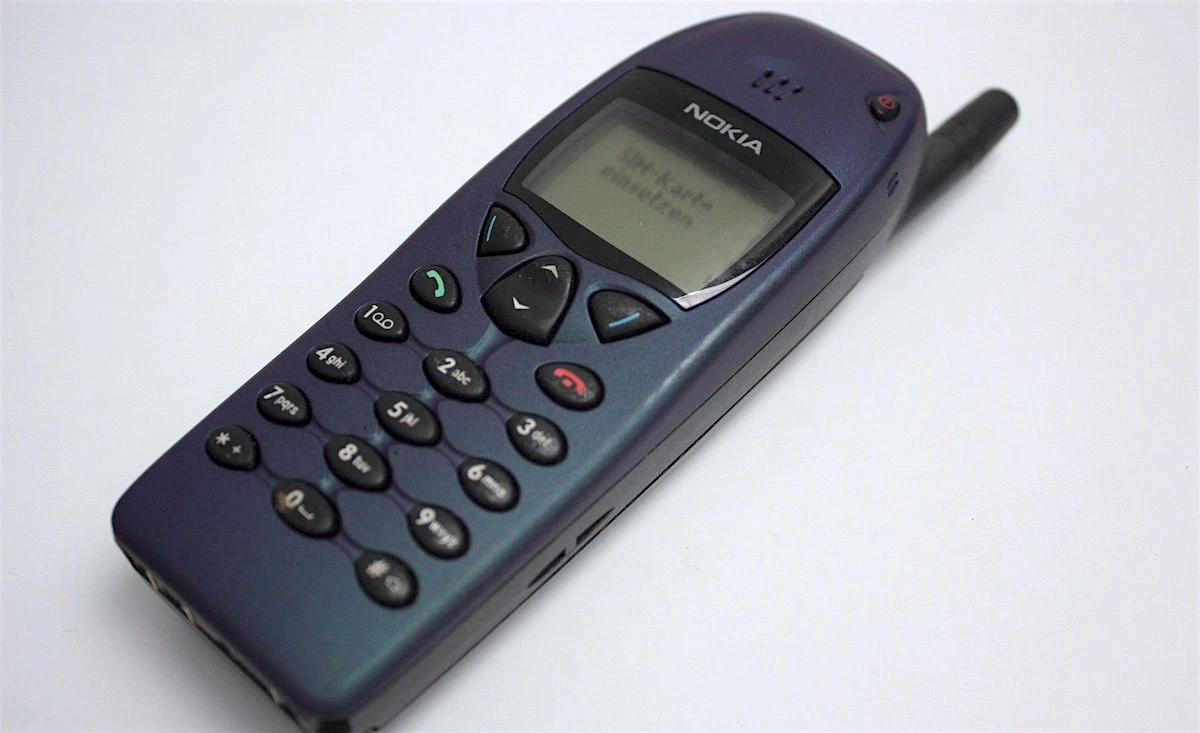
In 1993, Texas Instruments was approached by Nokia to develop a processor for a future GSM phone. TI suggested an ARM7-based solution (as stated earlier, TI had already started building ARM processors). However, the size and cost of its 32-bit memory footprint, where each instruction took up 4 bytes, turned Nokia off. That’s when ARM, through TI, its licensee, offered Nokia a 16-bit subset of the ARM instructions, called Thumb. The processor was still 32-bit, but could process 16-bit input on the fly through dedicated circuits within the chip. This is called Thumb mode and is what runs the ARM7T. And this is what ensured the success of the first ARM-chip GSM phone, the Nokia 6110.
ARM7 quickly became the processor of choice for mobile phones, licensed by over 165 builders. Over 10 billion ARM7 chips were manufactured.
Thanks to the advent of mobile phones, Advanced RISC Machines Ltd became a solid, prosperous company. Having been listed on the London Stock Exchange and on the NASDAQ in 1998, the company, now called ARM Ltd., launched into a series of growth-fuelling acquisitions.
At the same time, Acorn Computers and other computer developers had to face the facts: they had no chance against IBM and Macintosh computers. Acorn therefore underwent restructuring, abandoning this aspect of its activities. Though Acorn personal computers were not viable in the long run, the fact remains that the processor architecture specifically developed for them is a great success.
Did ARM save Apple?
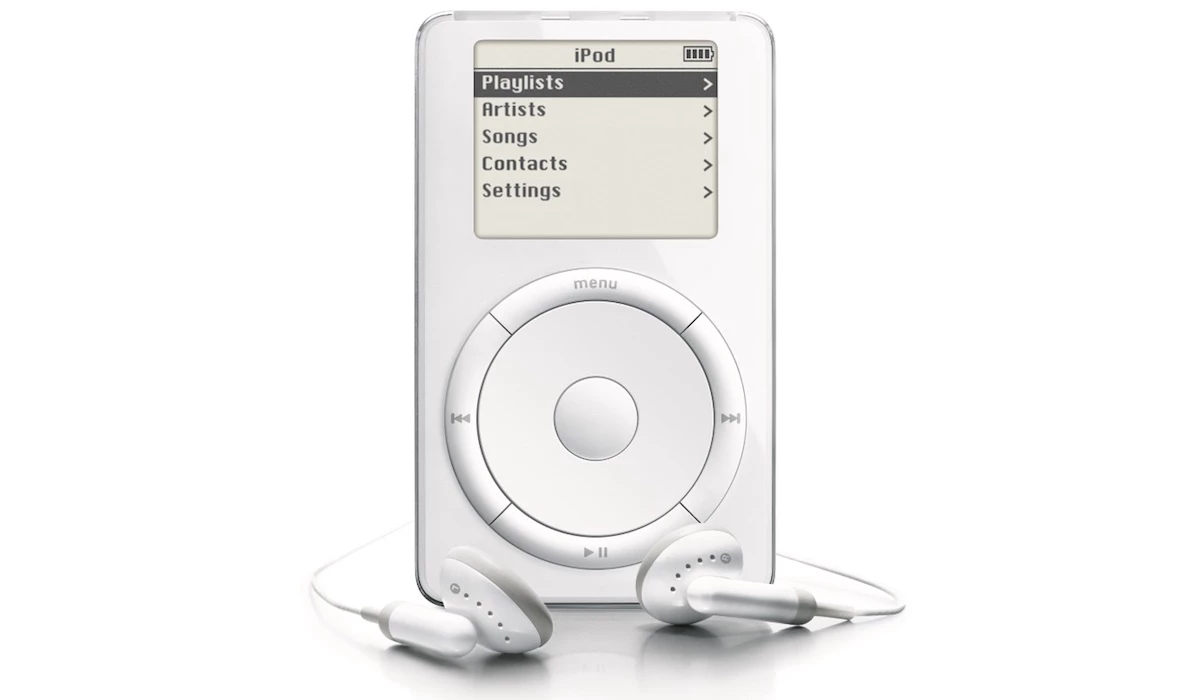
Today, ARM might still belong to the Apple tree. Instead, ARM’s limb was cut to saved the tree.
When Apple was listed on the NASDAQ in 1998, it owned 42.3% of Advanced RISC Machines. As its financial situation was far from satisfactory, Steve Jobs decided to sell some of its ARM shares the same year, netting 24 million dollars. The rise of the action also allows Apple to earn 16 million on the value of the remaining ARM portfolio.
The following year, Apple sold 245 million dollars’ worth of ARM shares, accounting for 40% of Apple’s profits in 1999. In 2000, Apple sold a further 372 million dollars’ worth of ARM shares, representing 47% of its profits. In 2001, the same sale netted Apple 176 million dollars and, in 2002, 21 million dollars.
In 2003, Apple sold its last remaining ARM shares for 238 million dollars. In all, ARM has netted Jobs over 1.1 billion dollars over 5 years. Further, ARM provided the technology behind every mobile device that has helped Apple stage its comeback: the iPod, the iPhone, and the iPad.
The Future of the Internet of Things
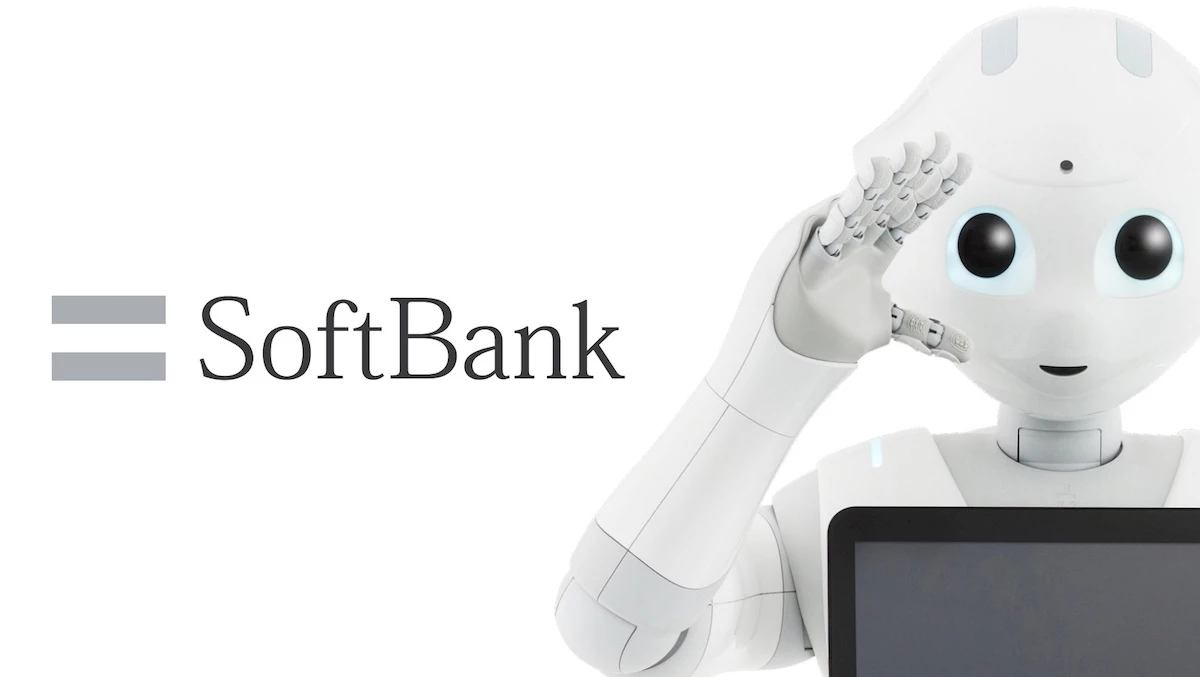
As stated in the introduction, today, ARM processors are found in just about every smart object, especially mobile phones. ARM’s success is so complete that its main competitor, Intel, after a series of disastrous decisions and disappointing products, decided to give up the telephone market last April.
That being said, it must be recognized that the mobile phone and tablet market is plateauing in any case, and that though it is not going to disappear, it will not support the kind of growth that ARM has experienced until now.
Nevertheless, SoftBank believes that ARM is well positioned to reap the benefits or this new era of the Internet of Things (IoT), thanks to its ability to develop inexpensive, energy-frugal processors. In the future, billions of new objects will contain at least one ARM SoC — in fact, ARM already has a de facto monopoly on on-board applications.
Furthermore, ARM could continue expanding within Intel’s stronghold, the Cloud and data centres, even though this market is nowhere as vast as personal computing for general public, which includes phones and cars.
Some investors and analysts have raised questions about Masayoshi Son’s decision to splurge on such an expensive purchase as ARM Holdings. Son’s response is that he has long-term vision, that short-term market valuations benefit current shareholders at the expense of other, longer-term indicators, and that there are other factors to be considered, such as the valuation of the corporation’s contribution to society.
